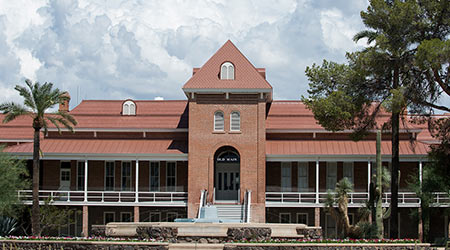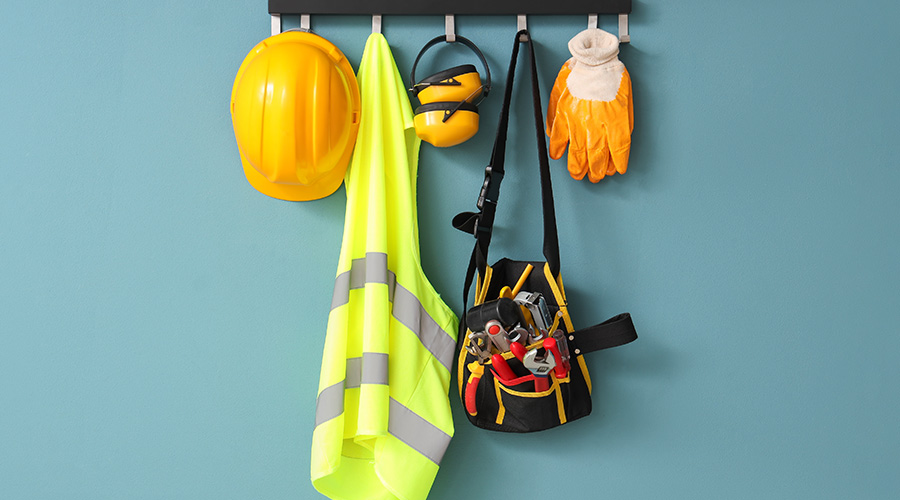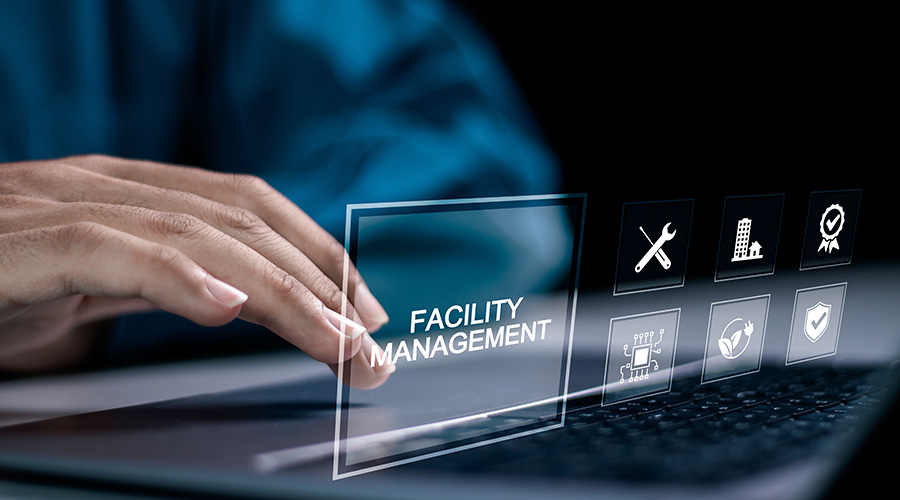 The University of Arizona’s Old Main building, originally built in 1891 and dedicated in 1898, is the campus’s first and oldest building. In 2004, the building underwent a $5 million restoration. Jacob Chinn, University of Arizona
The University of Arizona’s Old Main building, originally built in 1891 and dedicated in 1898, is the campus’s first and oldest building. In 2004, the building underwent a $5 million restoration. Jacob Chinn, University of ArizonaMobile Technology Aids Real-Time Energy Monitoring
To efficiently manage an energy management as robust as the University of Arizona's, mobile technology is a must.
With a system of real-time utility monitoring as sophisticated as the University of Arizona’s, it’s only natural that the facilities group also uses technology that allows for true real-time access to data, anywhere at any time. And that means mobile technology.
Mobile technology is a huge part of a recent $100,000 investment in technology upgrades and software, says Chris Kopach, assistant vice president, facilities management. And the team is looking at the possibility of further investment.
Not only does mobile technology allow for flexibility and real-time monitoring on the go, Kopach says it is simply more convenient in many ways. The University of Arizona campus is about 380 acres, so the ability to be able to view work orders, building drawings, and information about equipment anywhere on campus is a must for facility staff. It’s impractical and inefficient to have them come back to a central office each time they need to pick up a work order.
“We can alert technicians in the field if there is an issue,” says Mark St. Onge, assistant director of utilities in the facilities management department. “And we can see where issues are happening all over the map. That gives us a much better understanding of what is happening at any moment.”
Having mobile technology available for staff also has a training component, says Kopach. Simply being able to see as-built drawings of buildings while standing in the building itself gives a much better understanding of how that building should work.
Related Topics:














